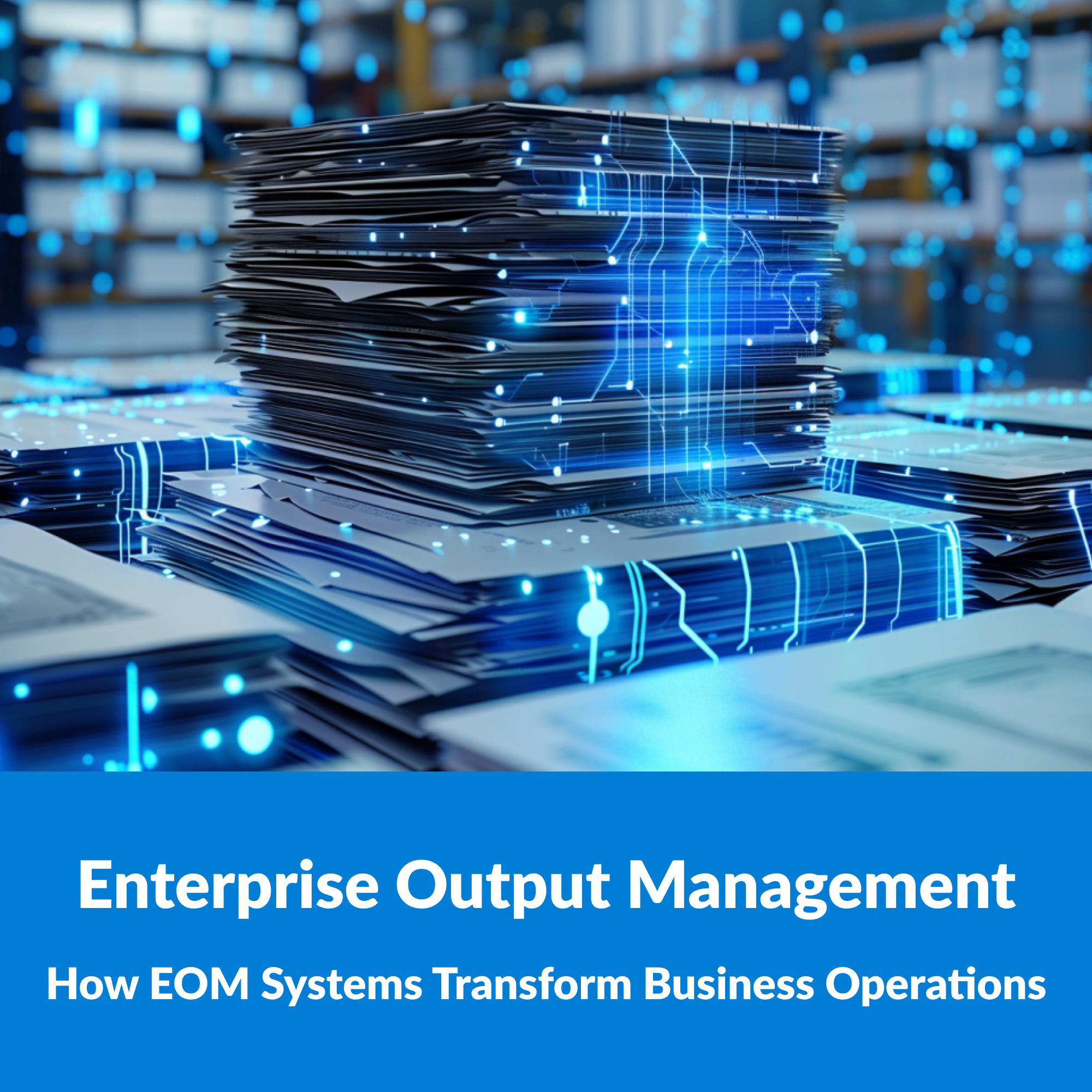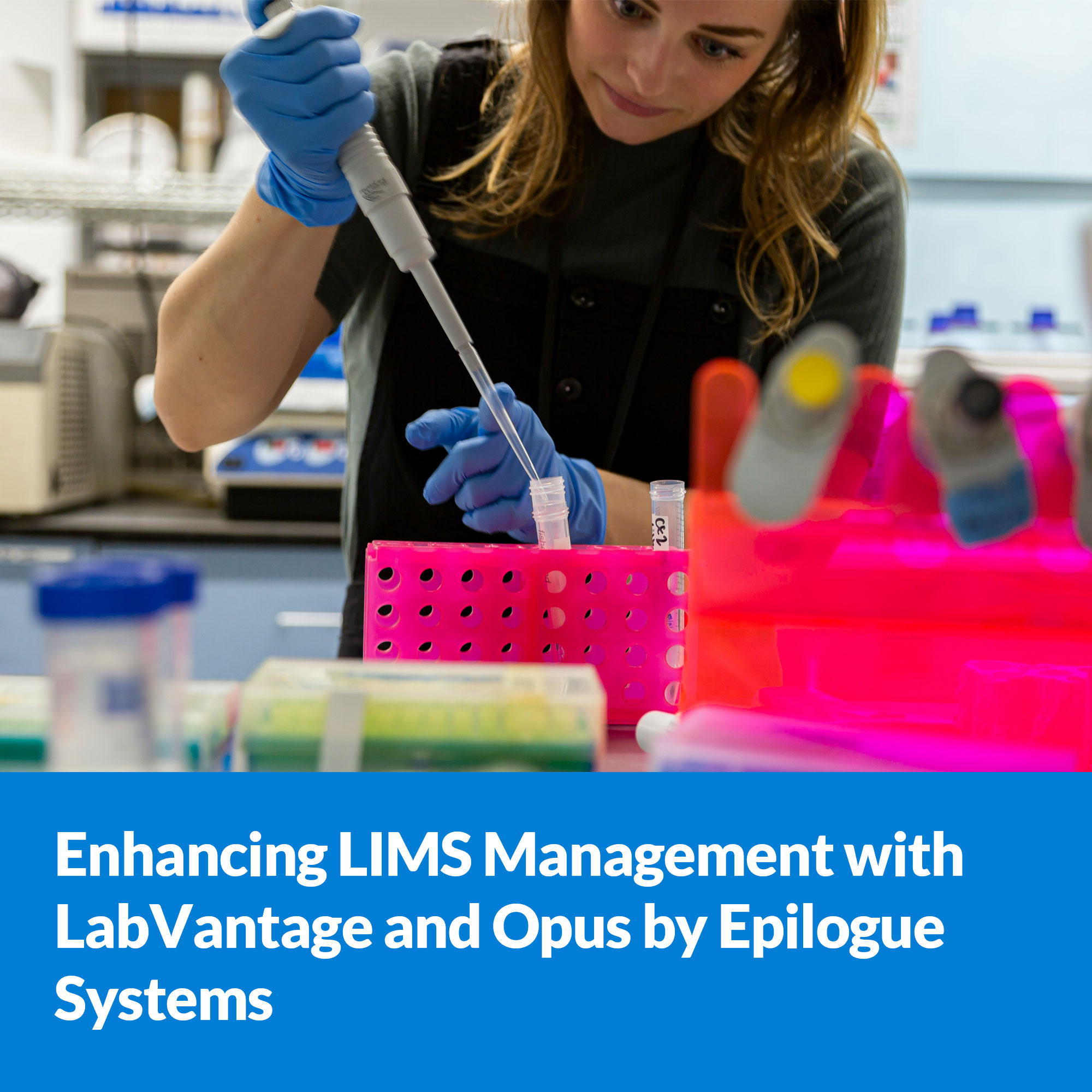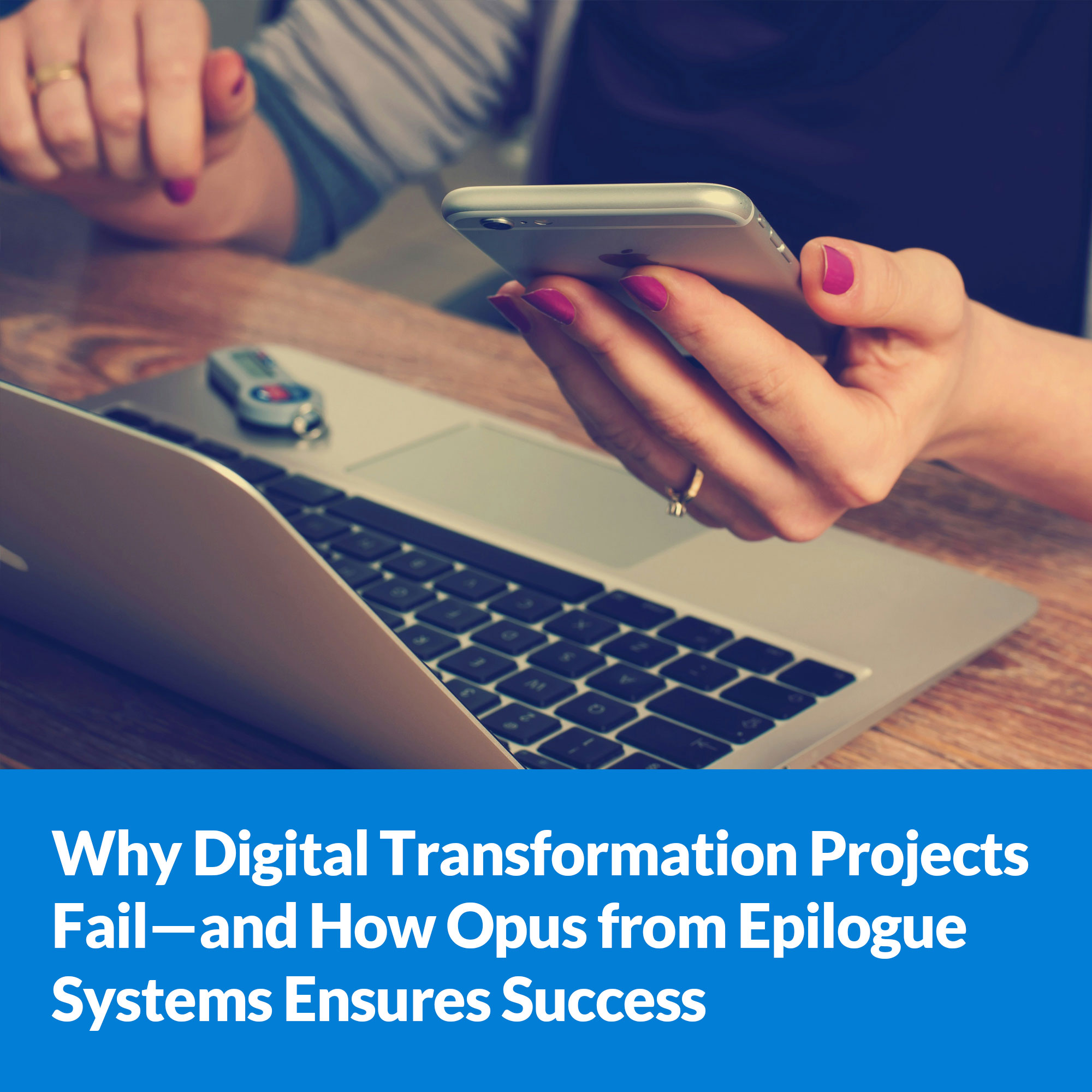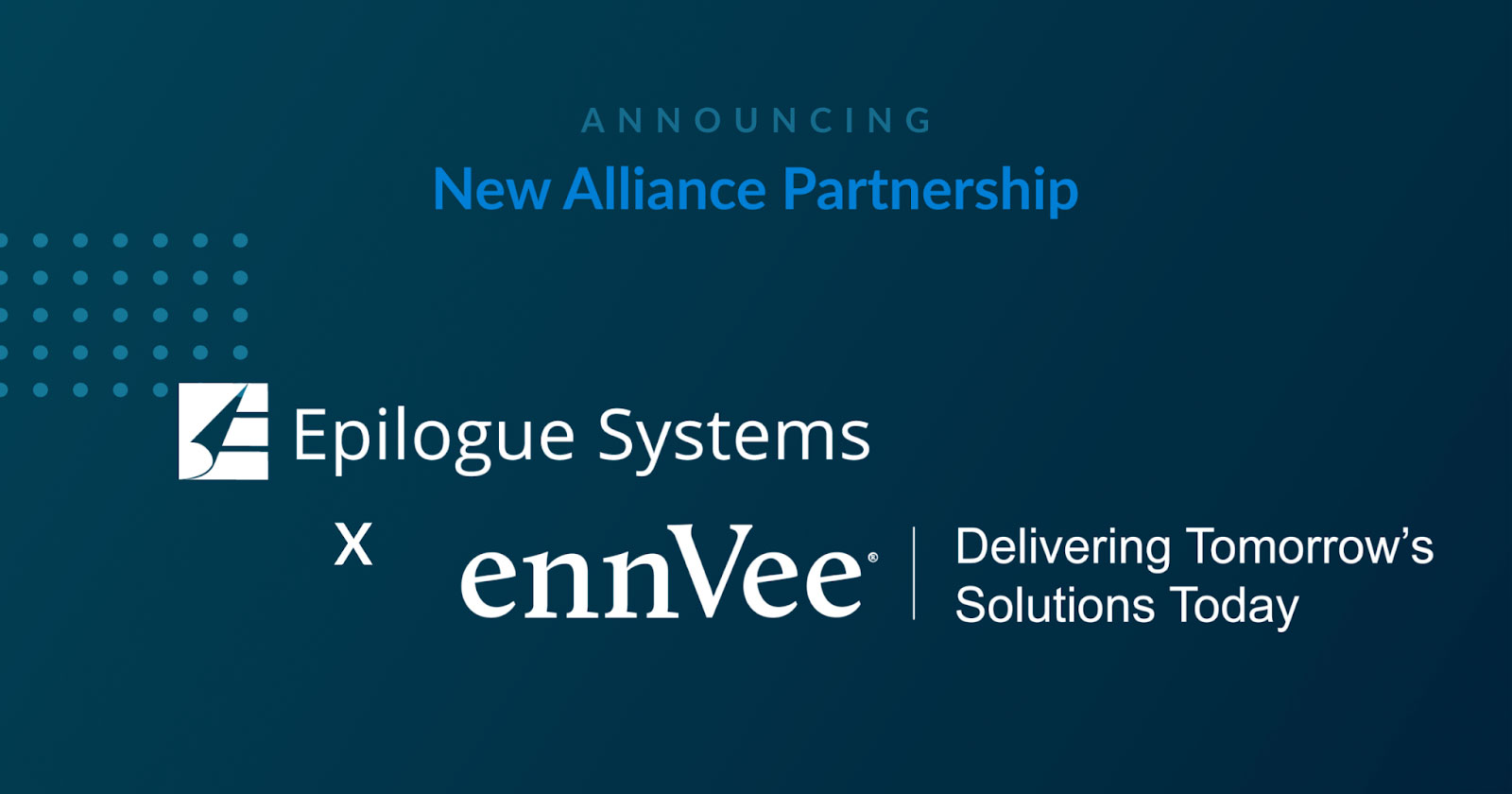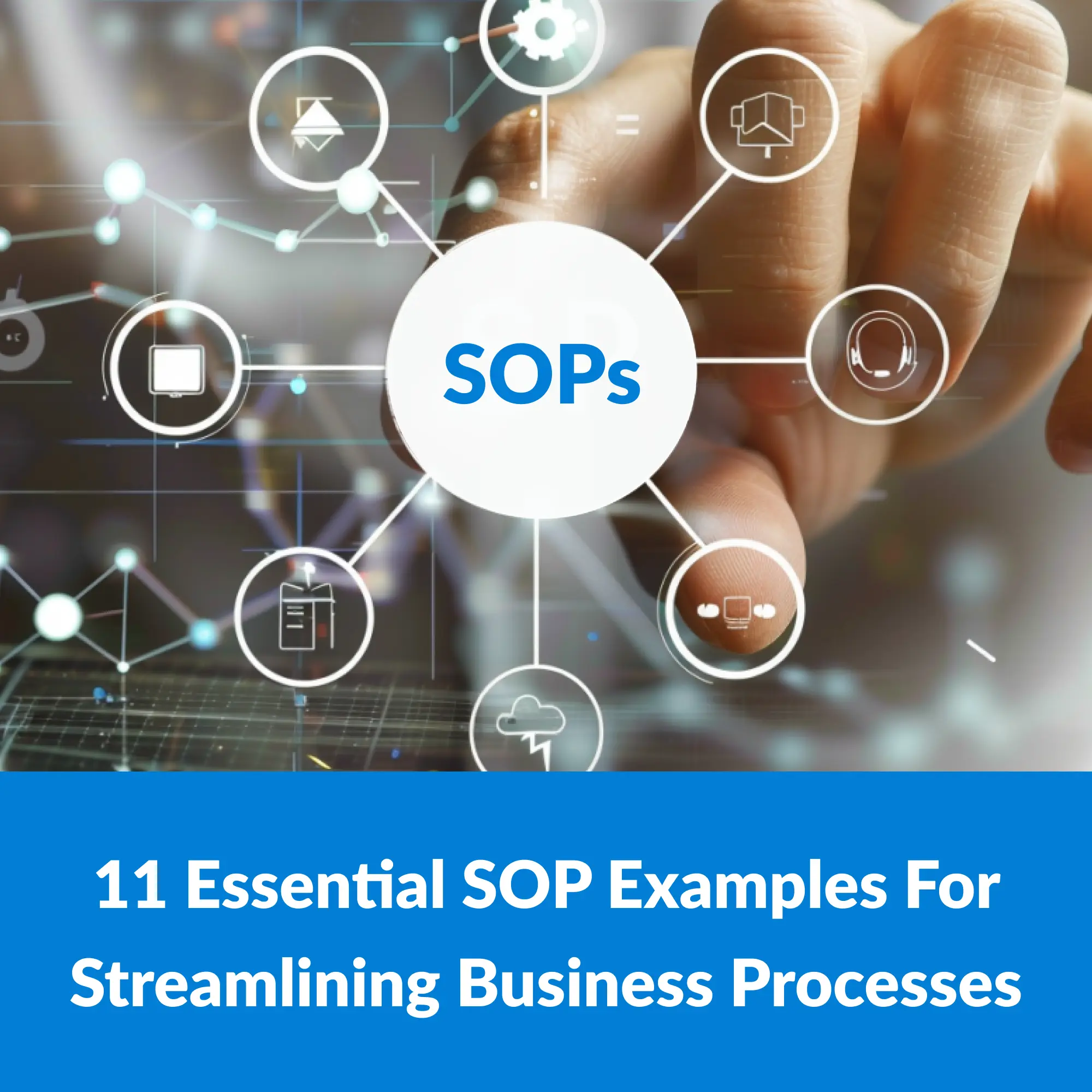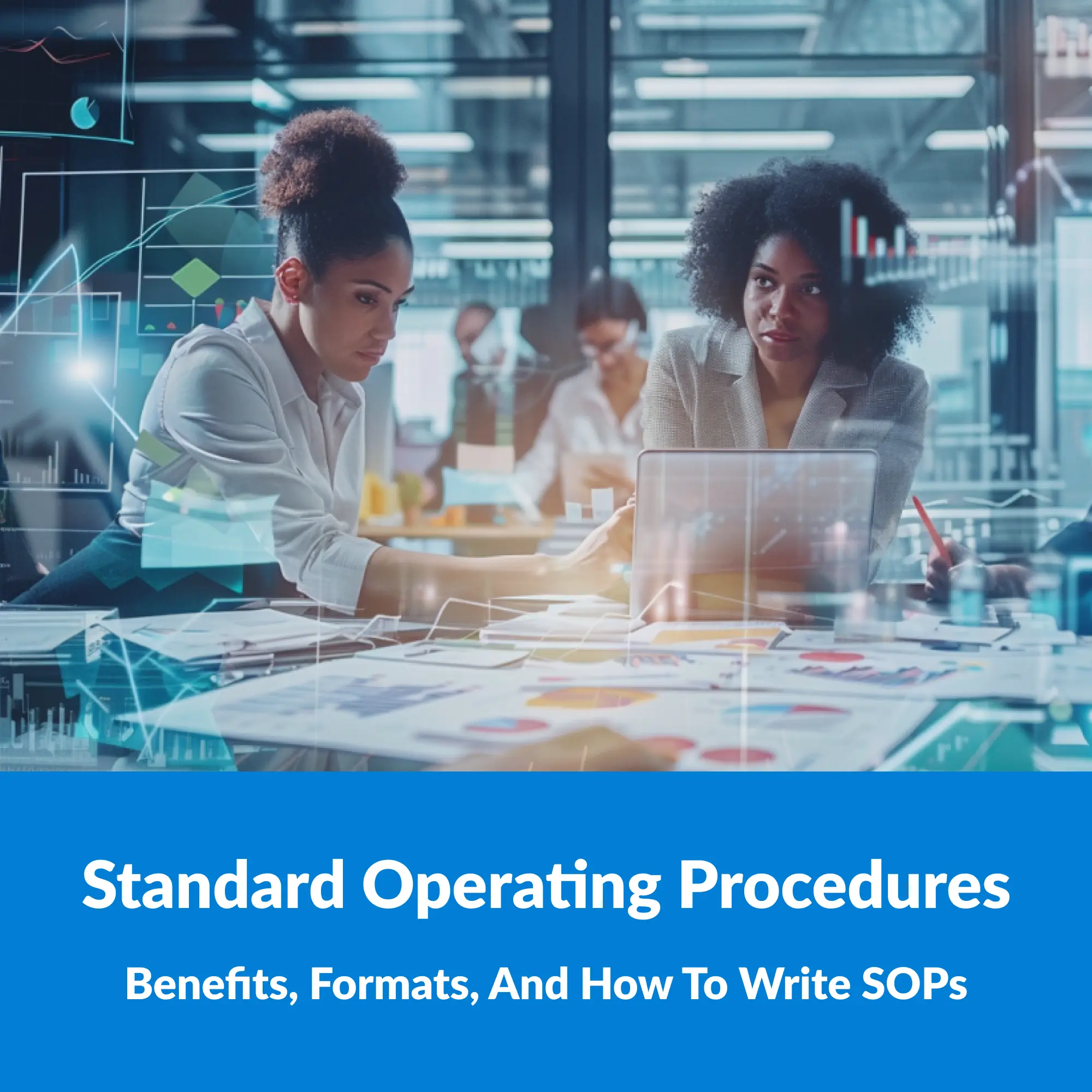Drowning in paperwork? Struggling to keep up with the ever-growing mountain of documents your organization generates? You’re not alone. Businesses of all sizes face challenges in managing document outputs efficiently and securely.
In an era where data overload can overwhelm even the most sophisticated systems, EOM stands out as a beacon of efficiency, ensuring that the right information reaches the right people at the right time, through the right channels. But what exactly is EOM, and how does it differ from other information management systems?
This article unveils the strategic importance of EOM, revealing how it not only streamlines operations but also fortifies the bridge between data and meaningful customer interactions.
Preface: This article diverges from our usual focus on
Epilogue Opus, our digital adoption platform. We occasionally like to explore diverse subjects to provide interesting insights and perspectives. We appreciate your readership.
What is an Enterprise Output Management System (EOM)?
Enterprise Output Management (EOM) refers to the process and technology used to handle the distribution of data generated by enterprise applications. This technology ensures that the vast quantities of data produced by businesses are formatted, personalized, and delivered effectively across various channels such as email, print, and web portals. Enterprise Output Management System is designed to streamline these processes, reducing errors and enhancing the security and traceability of business documents.
Think of EOM as a bridge between your data and the final document that reaches your customers, partners, or internal teams. Here’s how it works: Imagine you have an ERP system that generates invoices. Traditionally, you might need to manually export the data, format it into an invoice template, and then send it out via email or print it. EOM automates this entire process.
It retrieves the data from your ERP system, populates it into a pre-designed invoice template, and then routes the document to the correct recipient through the chosen channel (email, fax, print). This not only saves time and reduces manual work but also ensures consistent formatting and reduces the risk of errors.
EOM vs. Enterprise Information Management (EIM):
While both EOM and Enterprise Information Management (EIM) deal with managing information, their focuses differ significantly. EIM encompasses a broader spectrum, managing the entirety of an organization’s information assets including content management, data integration, and data governance. In contrast, EOM specifically targets the output aspect, focusing on the efficient delivery and formatting of documents and communications. By understanding these differences, organizations can better tailor their IT strategies to meet their specific needs.
Think of it this way: EOM is like a well-oiled printing press for your enterprise data, ensuring documents are produced and delivered flawlessly. EIM, on the other hand, is like a vast library, managing the entire information collection, from storing raw data to providing access and analysis tools.
Benefits of EOM: Streamlining Your Way to Success
The adoption of an Enterprise Output Management system offers transformative benefits for organizations looking to enhance efficiency and accuracy in their document and output management processes. Here are some key benefits that EOM systems provide:
Enhanced Efficiency:
EOM systems streamline the entire process of document management from creation to distribution. This efficiency is achieved by automating routine tasks such as batch processing, document sorting, and the distribution of business communications across various channels including email, print, and electronic presentations. By automating these tasks, businesses can allocate their resources to more critical activities, thus speeding up overall operational workflows and reducing bottlenecks.
Cost Reduction:
One of the most immediate benefits of implementing an EOM system is the significant reduction in operational costs. These systems reduce the need for physical materials like paper and ink, lower postage expenses by digitizing communications, and minimize the need for physical storage. Additionally, EOM systems help avoid penalties associated with compliance failures and reduce the labor costs associated with manual document handling and distribution.
Improved Accuracy and Consistency:
EOM systems enhance the accuracy of document output through standardized templates and automated workflows. This standardization ensures that all documents adhere to corporate branding guidelines and legal requirements, providing a consistent experience across all communication touchpoints. Moreover, the reduced human intervention in the document creation process minimizes errors, ensuring that customers receive correct and clear information every time.
Regulatory Compliance:
Compliance with regulations such as
GDPR,
HIPAA, or Sarbanes-Oxley is crucial for many businesses. EOM systems support compliance efforts by maintaining detailed logs of document access and distribution, implementing secure delivery methods, and ensuring that sensitive information is handled according to the stipulated guidelines. This traceability and adherence to regulatory standards protect businesses from potential legal issues and enhance trust with customers.
Scalability:
As businesses grow, their document output needs become more complex. EOM systems are designed to scale with the business, accommodating increased volumes of documents and more complex distribution needs without a corresponding increase in errors or delays. This scalability ensures that businesses can continue to expand without being hampered by their output management systems.
Enhanced Customer Experience:
By ensuring timely and accurate delivery of documents to customers and enabling personalization at scale, EOM systems play a crucial role in enhancing the customer experience. Personalized invoices, statements, and communications sent through preferred channels increase customer satisfaction and engagement, contributing to stronger customer relationships and higher retention rates.
Key Features of EOM Software: Empowering Your Workflow
EOM software comes packed with functionalities designed to streamline document output and empower your workflow. Here’s a closer look at some key features:
Document Automation:
This feature allows you to create templates for various documents (invoices, reports, contracts) and automatically populate them with data from your existing applications. No more manual data entry or repetitive formatting!
Output Routing:
EOM software provides flexible options for delivering documents to the right recipient. You can choose to send them via email, fax, print, or even integrate them with online portals for secure access.
Document Composition:
Need to combine multiple documents (like invoices and packing slips) into a single package? EOM software allows you to create composite documents for easier delivery and organization.
Reporting and Tracking:
Gain valuable insights into your document workflows with EOM’s reporting and tracking features. You can monitor delivery status, identify bottlenecks, and generate reports to optimize your processes further.
Archiving and Retrieval:
EOM ensures secure and compliant storage of your documents. You can easily access past documents for reference or audits, with features like version control and access controls.
Who Can Benefit from EOM?
EOM isn’t a one-size-fits-all solution, but it offers significant advantages for a wide range of businesses. Here are some specific examples:
High-Volume Document Producers:
Organizations that generate a large number of documents daily, such as banks, insurance companies, and healthcare providers, can benefit immensely from EOM’s automation capabilities. EOM streamlines processes like sending invoices, statements, and policy documents, saving time and resources.
Compliance-Driven Industries:
For businesses in industries with strict regulatory requirements, such as finance and healthcare, EOM’s security and tracking features are invaluable. EOM ensures documents are delivered securely and helps maintain an audit trail for compliance purposes.
Customer-Centric Businesses:
In today’s competitive landscape, delivering a positive customer experience is paramount. EOM allows companies to personalize documents and ensure timely delivery, fostering customer satisfaction and loyalty.
Remote and Distributed Teams:
With the rise of remote work, EOM helps bridge geographical gaps. Documents can be securely delivered and accessed from anywhere, regardless of location, keeping teams collaborative and productive.
Enterprise Output Management System is a crucial component in the digital transformation journey of many businesses. By optimizing how documents and data are delivered and received, EOM systems play a pivotal role in enhancing operational efficiency, reducing costs, and improving customer satisfaction. Organizations looking to improve their output management processes would do well to consider the strategic implementation of an EOM system tailored to their specific needs.



